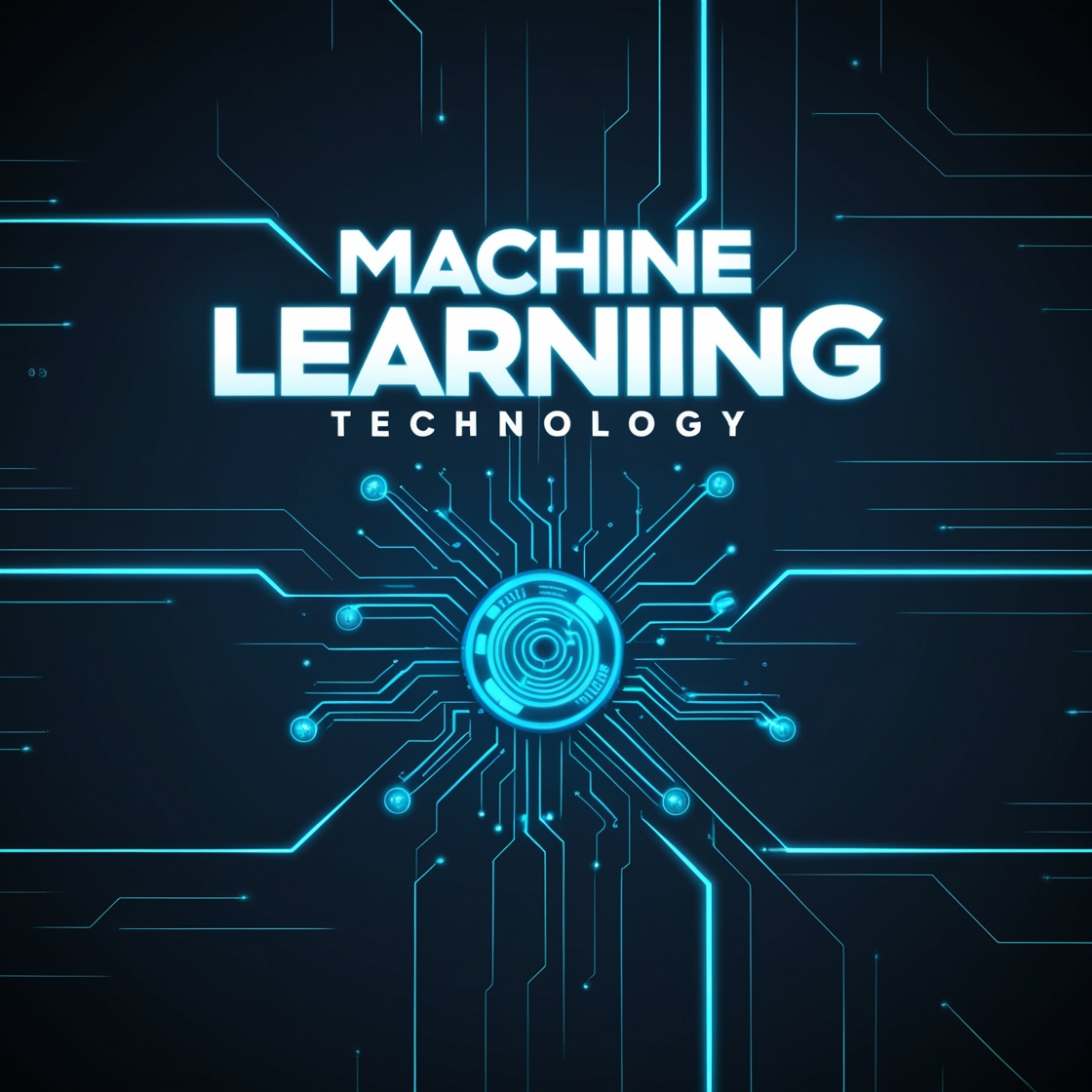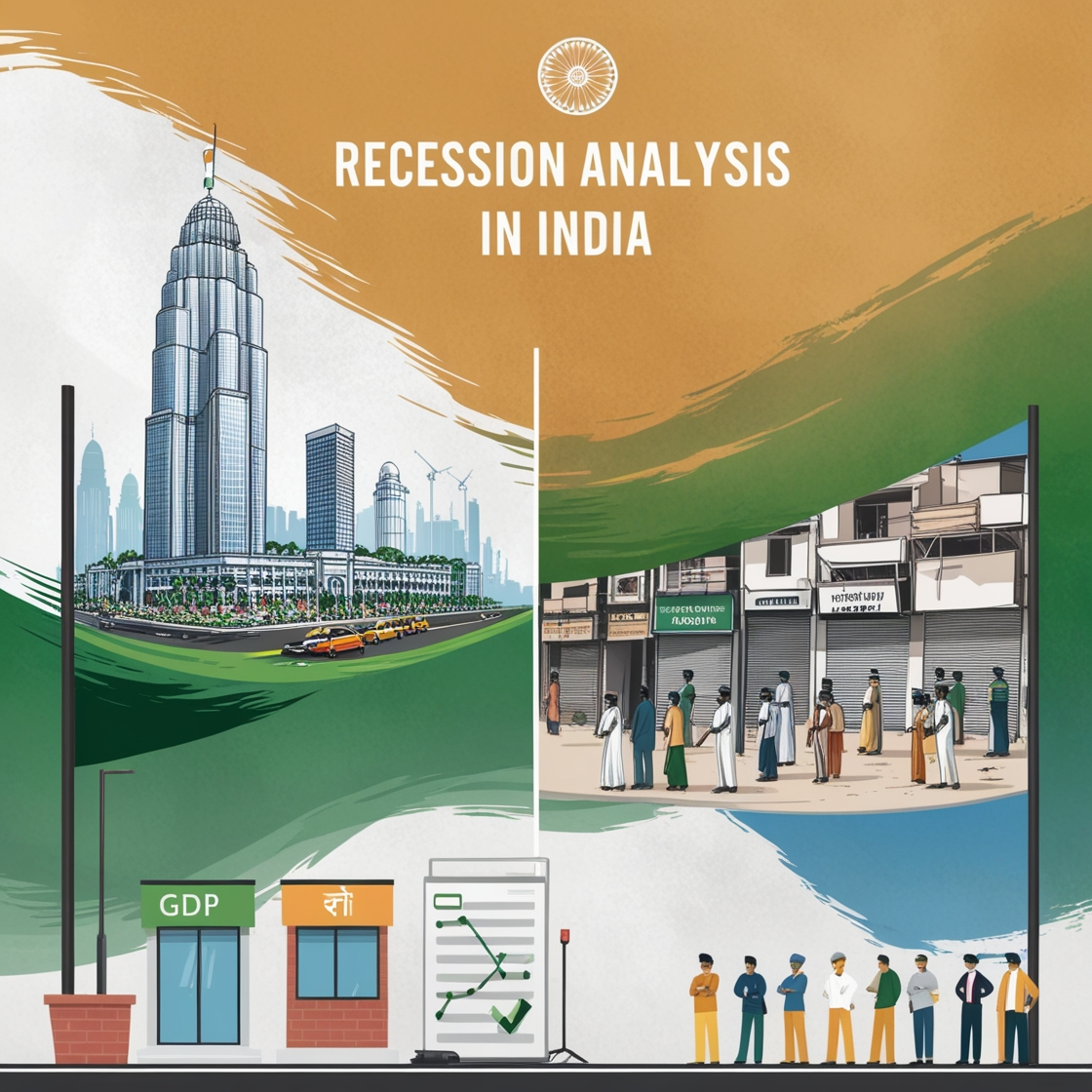The blog explores the genesis of the topic (Machine Learning ) that was developed along with other concepts such as that of a universal machine initially pioneered by Turing and McCarthy. It includes topics such as early algorithms like the Perceptron, the transition to statistical methods, new developments of deep learning, and different aspects influencing its evolution and application.

Introduction to machine learning :
As mentioned before, machine learning is one of the subsets of artificial intelligence. It has changed methods of human/machine communication and decision making as well. This technology which used to be no more than an idea bubbling in the theoretician’s mind is a revolution today. This is the type of story that is characterized by progressive change through scientific innovation. It also assembles the infusion of its various fields. Here is a brief look at the timeline of machine learning. It explains how the field developed and how it operates now, regarding its influence on corporations and people.
The Birth of Machine Learning: Early Theories and Pioneers
Machine learning is recognized to have originated from the early development of AI dating back to the mid 20 th century. Some visionaries such as Alan Turing and John McCarthy began the process. Turing’s chip was the concept of machines impersonating human intelligence in his 1950 paper presenting the “universal machine”. McCarthy defined the term “artificial intelligence” in the year 1955 and Summiting the Dartmouth Conference in the same year is considered as the birth of AI. First generation AI employed statistics and logical based but symbolic processing and failed to solve complex problems. In the 1960s and 1970s, the historical development of early ML algorithms includes major contributions from Frank Rosenblatt’s perceptron.. Although conditions during the 1970s-80s resulted in the AI Winter, this phase was useful for theory updating and the emergence of new approaches.
https://www.techtarget.com/whatis/A-Timeline-of-Machine-Learning-History
The Rise of Statistical Methods: From the 1980s to the 2000s
The period of 1980-1990 was regarded as a shift from the symbolic processing approach to machine learning due to swift in computational power and availability of data. The important early advancements comprised of Ross Quinlan’s ID3 algorithm for decision trees enhancing classification tasks paving the way for C4. 5 and CART. Vladimir Vapnik and Alexey Chervonenkis proposed the techniques in support vector machines (SVMs) for classifying high dimensional data. New methods of ensemble also appeared, such as Leo Breiman’s bagging and Freund and Schapire’s boosting that use multiple models to improve performance.
The Era of Deep Learning: Breakthroughs and Modern Applications
That is why deep learning attracted attention for Engel’s machine learning in the beginning of the twenty-first century. Indeed, it was mostly centered on deep neural networks. Applications include CNNs for image processing, and so on. AlexNet sealed a landmark victory in the year 2012. Deep learning has progressed because of the availability of Big Data and improvements in the hardware. Other factors that have also played their part include great frameworks such as TensorFlow and PyTorch. Such advancements have impacted the natural language processing and advanced driving automatic.
Key Drivers of Machine Learning’s Growth

1.Data Availability:
As mentioned earlier, a massive amount of Social media data, sensors’ data, and New transactional data exist which is helpful for feeding the machine learning algorithms. It is easy to infer that size of data has a positive relation to the quality of the models founded which are large in size and dimensions.
2. Computational Power:
There has been a considerable improvement in the computational power in units such as GPUs and TPUs that make training of the machine learning models much faster. This has facilitated the researchers to test out with more intricate techniques and greater amounts of data.
3. Algorithmic Innovations:
Updates of the algorithms as well as general techniques have increased the possibilities and have enhanced ML models efficiencies. Techniques like deep learning, reinforcement learning, transfer learning have expanded the realm of the possibilities with machine learning.
4. Open Source Tools:
Currently, most machine learning frameworks and libraries are open source, making it easier for anyone to access these advanced tools and techniques. McCarthy coined the term “artificial intelligence” in 1955. He also organized the Dartmouth Conference that same year, marking the birth of AI.Frameworks such as TensorFlow, PyTorch and scikit-learn etc., have further helped researchers as well as practitioners to implement machine learning models.
5. Interdisciplinary Collaboration:
As mentioned earlier, a massive amount of Social media data, sensors’ data, and New transactional data exist which is helpful for feeding the machine learning algorithms. It is easy to infer that size of data has a positive relation to the quality of the models founded which are large in size and dimensions.
Conclusion of Machine Learning
Machine learning technology is a great invention that displays the creativity of man and the strive for innovation. Machine learning has come from the idea to the flexible technology. This progress is owing to the development of theory, computational facility, and available data. Machine learning is still growing and thrives as a field of study. It is applied for new problems and to solve new tasks and address newly emerged issues in different disciplines. They present the current capacity and show what can be made at the present moment to issue new innovations.




Leave a Reply
You must be logged in to post a comment.